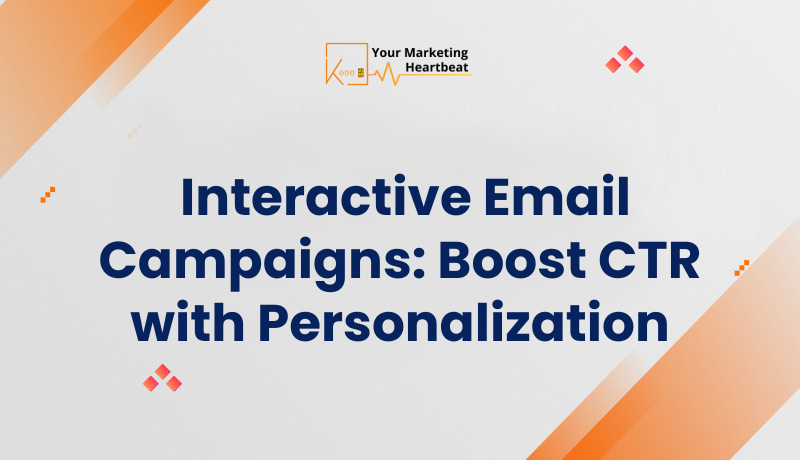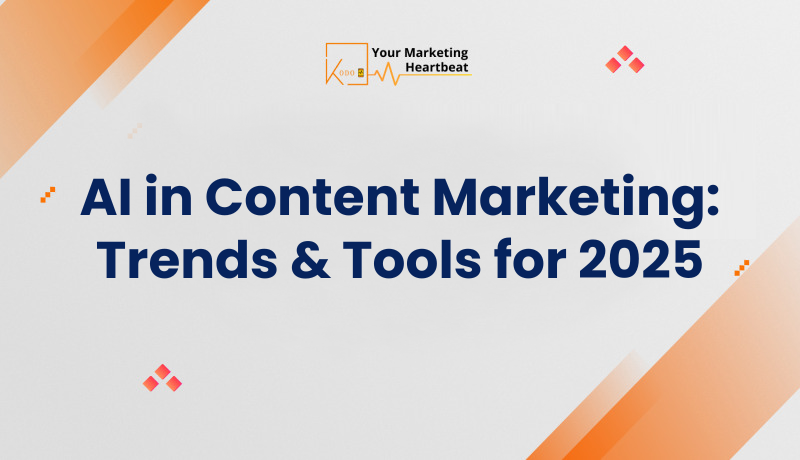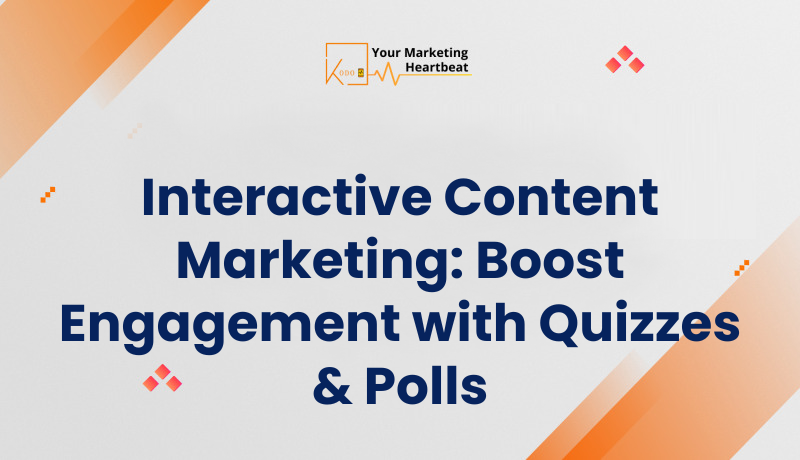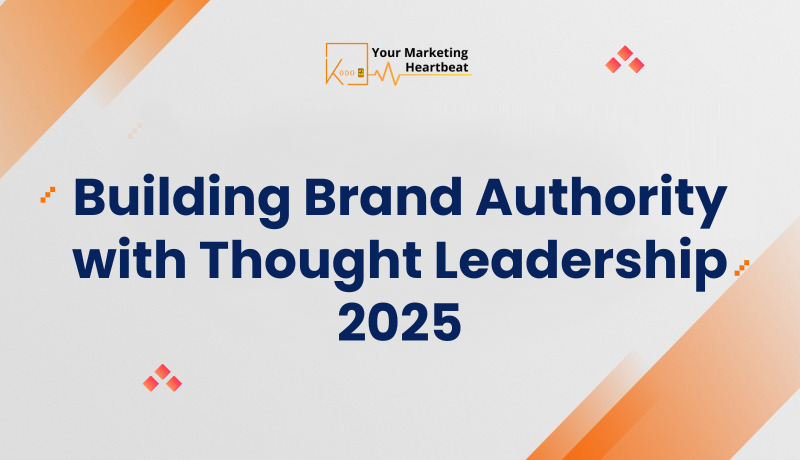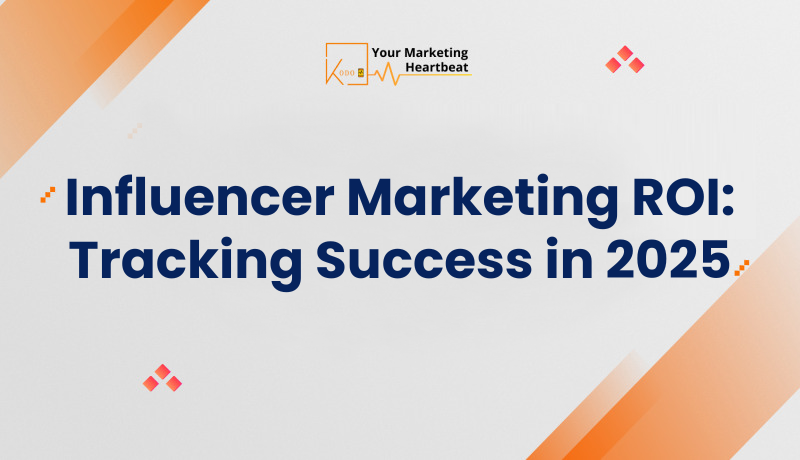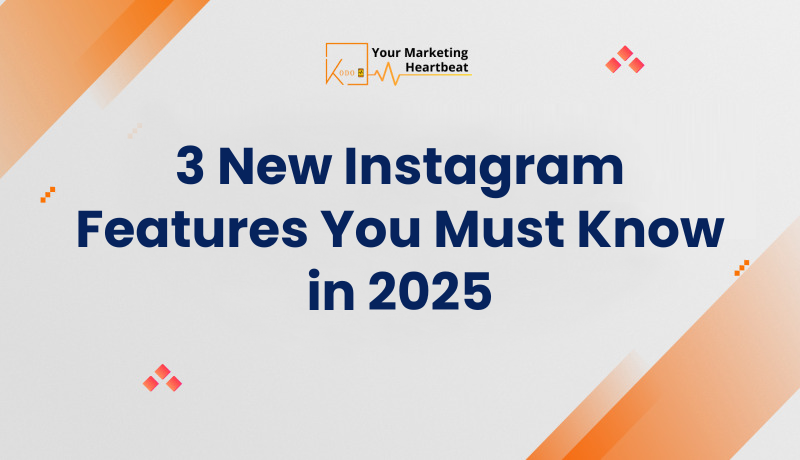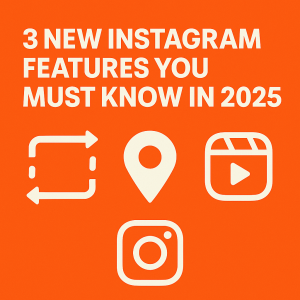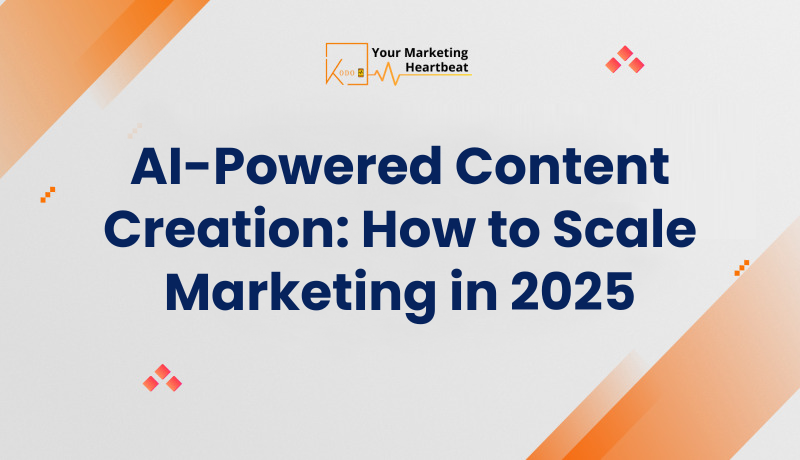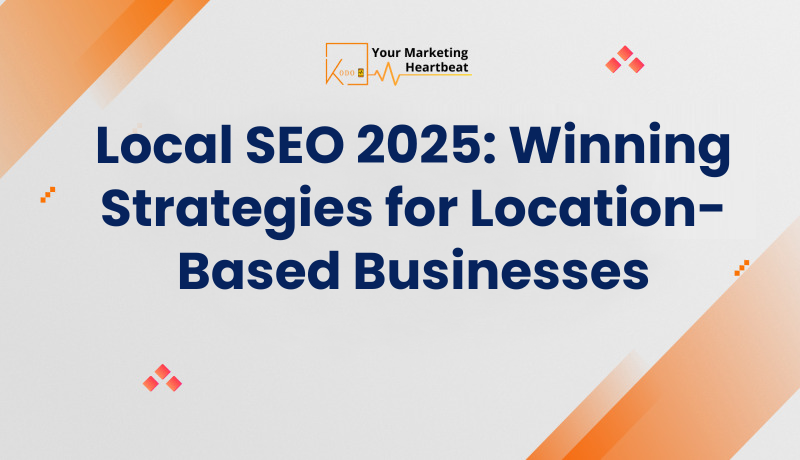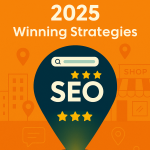
How Does the Instagram Algorithm Work in 2025? Hidden Features Revealed
Surprised by your recent drop in Instagram engagement? How does Instagram algorithm work in 2025 is vastly different from previous years. Instead of a single algorithm determining your content’s fate, Instagram now operates through multiple algorithms across Feed, Reels, Stories, and Explore—each with unique ranking signals.
Surprisingly, Instagram has shifted away from traditional algorithms altogether, replacing them with sophisticated AI systems that analyze user behavior. These systems learn from engagement metrics like likes, comments, shares, and saves to determine what content gets prioritized. For content creators, this means understanding the instagram algorithm for reels is crucial since your videos now reach non-followers as test audiences first. In fact, viewers decide whether to keep watching your content in just 1.7 seconds, making strong hooks essential. If you’re wondering how to increase instagram reach, you should know that Instagram explicitly penalizes reposted or unoriginal content, while rewarding content that genuinely resonates with your audience. Throughout this article, we’ll uncover how instagram algorithm works across different content types and reveal hidden features that can help you thrive in this new landscape.
What is the Instagram Algorithm in 2025?
The term “Instagram algorithm” is actually a misnomer in 2025. When you scroll through your Instagram feed, what you’re experiencing isn’t controlled by a single set of rules—it’s the work of multiple sophisticated AI systems designed specifically for each area of the platform.
Multiple algorithms, not one
Gone are the days of a one-size-fits-all approach. Instagram now employs distinct ranking systems tailored to different sections of the app. “No one algorithm decides what you see, because each part of the app – Feed, Explore, Reels – has its own ranking system based on how you use it”. These separate systems reflect the unique ways users interact with content across the platform.
Each algorithm uses different signals to determine content ranking:
- Feed algorithm evaluates your activity (likes, comments, shares, saves) plus information about the post and creator
- Stories algorithm primarily considers stories you’ve previously viewed or engaged with
- Explore algorithm analyzes your activity in the Explore section and content information
- Reels algorithm examines your engagement with Reels and details about both the video and creator
As Instagram grew to over 2 billion monthly active users, displaying all content chronologically became impossible. Consequently, these specialized algorithms emerged to curate personalized experiences based on individual preferences and behaviors.
AI-driven personalization
In 2025, Instagram has moved beyond traditional algorithms toward advanced AI systems. “Instagram has shifted away from the ‘algorithm’ altogether, and instead states that AI systems are used to determine ranking”. These systems continuously learn and adapt based on your interactions.
The platform’s AI technology constantly monitors how you engage with content—which posts you like, comment on, save, or share. This behavioral data creates a feedback loop that refines your experience over time. For instance, if you frequently engage with fitness content, Instagram’s AI will prioritize similar posts in your feed.
“Each AI system has models that enable it to make multiple predictions about content,” Meta explains. These predictions help determine what appears first in your feed, suggesting content the system believes will be most relevant to your interests.
Furthermore, Instagram’s AI classifies content based on hashtags and types, creating connections between similar posts. This allows the system to recommend thematically related content across your entire experience.
Adam Mosseri, Head of Instagram, revealed that the top ranking signals in 2025 are watch time, likes, and sends. Notably, Instagram is also enhancing its AI tools to prioritize creativity and connection, with the platform “doubling down on messaging” as the primary way people share content.
Why understanding it matters
For everyday users, understanding how Instagram’s algorithms work means taking control of your experience. The content you interact with shapes what you see next—creating either a diverse, inspiring feed or a repetitive echo chamber.
More significantly, for creators and businesses, algorithm knowledge directly impacts success. “Instagram’s algorithms impact the day-to-day life of just about every social media professional in big ways,” notes Later’s Social Team. Grasping these systems is essential for creating effective content strategies.
Moreover, Meta announced in late 2024 that users will soon be able to “reset” the algorithm: “In just a few taps, you’ll be able to clear your recommended content across Explore, Reels and Feed and start fresh”. Additionally, Instagram will begin testing features allowing users to manually tune their algorithm by adding or removing topics based on interests, starting with Reels.
By tailoring your strategy to what Instagram’s AI prioritizes, you can reach more users and build engaged communities. Understanding these systems isn’t just about gaming the algorithm—it’s about creating content that genuinely resonates with your audience while aligning with Instagram’s evolving approach to content distribution.
How Instagram Algorithm Works by Content Type
Each content type on Instagram follows its own unique set of ranking principles in 2025. Let’s unpack how the platform evaluates and distributes different formats to help you optimize your strategy.
Feed: Engagement and recency signals
Instagram Feed, the vertical scroll you see when opening the app, primarily uses three key signals to determine what appears first. The algorithm examines your past activity to identify content you’re likely to find interesting based on previous engagement patterns. It then ranks content using engagement metrics like likes, comments, and shares—with direct messages carrying particularly strong weight.
Interestingly, Instagram users are more likely to share niche or topical content privately through DMs rather than public resharing, and the algorithm factors this into its recommendations. To succeed in Feed visibility, include clear calls-to-action such as “Double tap if you agree” to boost engagement metrics.
Timing matters tremendously, too. The algorithms prioritize recent posts over older content to ensure users see fresh updates. According to research, posting during peak engagement windows (11 AM to 1 PM and 7 PM to 9 PM on weekdays) can significantly improve your Feed performance.
Reels: Watch time and originality
For Reels, Instagram’s short-form video format, the platform primarily evaluates three crucial metrics that determine visibility: watch time, likes per reach, and sends per reach.
Watch time has become the dominant ranking factor—the longer viewers stay with your content, the better it performs. This explains why shorter Reels (typically 7-15 seconds) often outperform longer ones, as they maintain higher completion rates. Instagram’s AI system actively predicts how likely users are to watch more than 95% of your video when deciding its distribution.
Unlike previous iterations, the 2025 Reels algorithm has strengthened its originality detection. Meta has explicitly stated that recycled content or videos with watermarks from other platforms (like TikTok) get deprioritized. Additionally, the algorithm examines audio tracks, visuals, and hashtags to determine trending content worth promoting.
Meta reports that over 80% of Reels are viewed with sound on, making your audio selection crucial for engagement. The platform especially favors videos that inspire viewers to use the same audio in their own content.
Stories: Interaction and closeness
Stories, Instagram’s 24-hour disappearing content format, uses a distinct ranking system built around relationship strength. Unlike other formats, the Stories algorithm heavily weighs personal connection when determining what appears first in the Stories tray.
The platform’s AI evaluates several key factors:
- Viewing history: How frequently you view a creator’s Stories
- Engagement history: Whether you’ve previously DMed or reacted to their content
- Relationship signals: Including DM exchanges and Facebook friendship status
To optimize for the Stories algorithm, utilize interactive elements like polls, quizzes, and question stickers. These tools boost engagement metrics while simultaneously providing valuable audience insights. The metrics “taps backward” (when viewers rewatch your content) are particularly valuable signals, indicating content worth revisiting.
Explore: Discovery and interest mapping
The Explore page serves as Instagram’s discovery zone, connecting users with content from accounts they don’t yet follow. This algorithm contains the most ranking signals of all formats (over 30), focused primarily on introducing relevant new content.
The system analyzes your interactions with particular topics and accounts to build an interest map of your preferences. When evaluating content for Explore, Instagram primarily considers:
- Post popularity: How quickly users engage with the content
- Content relevance: How closely it matches your demonstrated interests
- Account authority: Whether the creator consistently produces engaging content
The Explore algorithm prioritizes content that keeps viewers engaged for at least five seconds. It also favors posts that drive profile visits and follows, as these indicate high-quality content worth recommending to similar users.
Though these algorithms work independently, they share a common goal—to keep users engaged with content that matches their demonstrated interests while introducing them to new creators aligned with those preferences.
Hidden Features of the 2025 Algorithm
Beyond the basic ranking signals, Instagram’s 2025 algorithm contains several lesser-known features that dramatically affect your content’s reach. These hidden mechanisms operate behind the scenes but understanding them gives you a critical edge in today’s competitive landscape.
Trial Reels and test audiences
One of Instagram’s most powerful new features is Trial Reels, introduced in late 2024. This tool allows creators to test content with non-followers first before committing to sharing it with their established audience.
Primarily, Trial Reels work by showing your content exclusively to people who don’t follow you. This provides a low-risk way to experiment with new content styles. After posting a Trial Reel, it remains invisible to your followers and doesn’t appear on your profile to anyone but you.
What makes this feature particularly valuable is how it addresses creator anxiety. Instagram developed Trial Reels after hearing that many creators felt “nervous about posting too much to their audience or trying out new content that’s outside their niche”.
After approximately 24 hours, you can view engagement metrics (views, likes, comments, shares) to gage performance. If the content resonates well, you can manually “share with everyone” or set it to automatically share if it performs well within 72 hours.
3-second retention as a key metric
In 2025, the first three seconds of your content have become make-or-break for algorithm success. According to Meta’s data, viewers decide whether to continue watching your video within just 1.7 seconds. This rapid judgment window has made Instagram’s focus on 3-second retention a critical ranking signal.
Instagram has even replaced the “View Rate” metric with “Skip Rate” in its analytics, which shows the percentage of viewers who skipped your reel during those crucial first three seconds. The platform explicitly notes that a high skip rate indicates “people didn’t find the opening of your Reel engaging”.
For optimal performance, your hook should include “visual movement within the first three seconds” that “builds curiosity and not confusion”. This initial engagement determines whether Instagram will continue distributing your content to wider audiences.
The platform now offers a detailed “Retention” chart for each Reel showing exactly when viewers lose interest. As Instagram explains, “you’ll always see a downward slope, but the flatter the line, the more engaged your audience is”.
Original content detection and penalties
Instagram has dramatically strengthened its originality detection in 2025. The algorithm now explicitly prioritizes original content while penalizing accounts that recycle others’ work.
The penalties are substantial:
- Accounts posting unoriginal content 10+ times within 30 days are removed from recommendations entirely
- When identical content is found, Instagram only recommends the original post
- Reposted content receives labels crediting the original creator
This change directly targets “aggregator accounts” that previously thrived by reposting viral content. Instagram head Adam Mosseri advised creators to “look for ways to make content your own so you can continue to be recommended”.
To avoid penalties, ensure your content is original or significantly enhanced. Simply adding watermarks or stitching clips together doesn’t qualify as “materially edited”. Nevertheless, you can safely post partner collaborations as long as they’re properly attributed.
Visual and text similarity detection
Instagram’s algorithm has become remarkably adept at identifying content similarities. The platform now employs advanced AI to detect identical or highly similar visual elements, text, and audio across posts.
Upon identifying duplicate content, Instagram implements “direct replace” – a process where the original content directly replaces duplicates in recommendations. This ensures the original creator receives proper credit and reach.
The system is particularly strict about videos with watermarks from other platforms like TikTok, which are automatically downranked. Henceforth, Instagram’s push for originality isn’t merely rhetorical – it’s embedded within the algorithm’s core functionality.
Understanding these hidden features provides crucial insights into how Instagram algorithm works in 2025. By focusing on original content with strong hooks and using Trial Reels strategically, you can effectively navigate these complex systems to increase your Instagram reach substantially.
How to Reset or Influence the Algorithm
In 2025, Instagram has finally given users the power to take control of their feeds. The platform now offers effective ways to influence what content appears in your recommendations or even start fresh entirely. These features represent a significant shift in how the instagram algorithm works, allowing for much greater user customization.
Using ‘Not Interested’ and clearing history
The simplest way to influence the instagram algorithm begins with the “Not Interested” feature. Whenever you encounter content you don’t want to see:
- Tap the three dots in the corner of any post
- Select “Not Interested” from the menu that appears
This action sends a clear signal to Instagram’s AI systems that similar content should appear less frequently in your feeds. Despite its simplicity, this feature is remarkably effective when used consistently. Many users report seeing noticeable changes after marking just 10-15 posts as “Not Interested”.
On the flip side, Instagram also offers an “Interested” option in the same menu for content you want to see more of. This dual-feedback system creates a powerful way to shape your recommendations over time.
Primarily, these options are available in your Reels and Explore feeds. Using both consistently creates a more refined algorithm experience tailored to your actual preferences.
New ‘Reset Suggested Content’ feature
For those seeking a more dramatic change, Instagram introduced the “Reset Suggested Content” feature in late 2024. This tool allows you to completely clear your recommendation history across Explore, Reels, and Feed in just a few taps.
To access this feature:
- Go to your profile
- Tap the three-bar “More options” icon
- Scroll to “What you see” and select “Content preferences”
- Tap “Reset suggested content”
- Follow on-screen instructions and confirm
This reset doesn’t empty your feeds entirely. Instead, Instagram will provide a fresh mix of content, then begin personalizing recommendations based on your new interactions. This feature was originally developed for teen accounts as part of safety measures but is now available to all users who feel their feeds no longer reflect their interests.
One thoughtful addition: before finalizing the reset, Instagram offers the option to review accounts you currently follow, allowing you to unfollow any that no longer interest you.
Rebuilding your feed with intentional actions
After resetting, how you interact with content becomes crucial. Each action shapes your new algorithm experience. To effectively rebuild your feed:
Be deliberate with engagement – Take time to like, comment on, and save posts that genuinely interest you. The algorithm prioritizes content similar to what you actively engage with.
Use search strategically – Actively search for topics that interest you like “calm productivity,” “UX tips,” or “philosophy reels.” This direct approach helps train your algorithm more quickly than passive scrolling.
Spend time on valuable content – The duration you view a post or video signals to Instagram that you find it valuable. Lingering on content you enjoy and quickly scrolling past what you don’t provides clear feedback.
Follow accounts aligned with your interests – Seeking out and following accounts that reflect your current preferences sends strong signals about what you want to see.
Some users report successful “algorithm resets” in as little as 3-5 days when consistently applying these principles. One effective strategy involves a dedicated 3-day reset period where you actively use “Not Interested” on unwanted content while simultaneously searching for and engaging with preferred topics.
Undoubtedly, understanding how instagram algorithm works empowers you to take control of your experience rather than feeling subject to mysterious ranking systems. These tools allow you to align your Instagram experience with your genuine interests and preferences.
7 Tips to Increase Instagram Reach in 2025
Ready to supercharge your Instagram presence this year? Implementing these seven proven strategies will help you work with the algorithm rather than against it.
Use Instagram SEO in captions and bios
Optimizing your Instagram content for search can earn 30% more engagement. Include relevant keywords in your profile name, bio, captions, and even alt text. The platform’s algorithm considers four primary ranking factors: search text, user activity, popularity signals, and publish date. Primarily, define your content pillars first, then incorporate keywords naturally throughout your content to increase discoverability.
Create save-worthy carousels
Carousel posts receive higher engagement rates (0.55%) compared to Reels (0.50%) and single images (0.45%). Even more impressively, carousels get 3x more engagement and saves than single posts. The format works exceptionally well for tutorials (88% completion rate) and educational content. Design swipeable guides that followers want to bookmark for future reference.
Hook viewers in the first 3 seconds
On average, 33% of viewers scroll past a video in the first 3 seconds if not immediately engaged. The reality is stark—viewers decide whether to continue watching within just 1.7 seconds. Start with visual intrigue, clear value propositions, or curiosity gaps. Avoid slow intros, logos, or static visuals that trigger immediate scrolling.
Use interactive stickers in Stories
Integrating polls, quizzes, and question stickers in your Stories signals to the algorithm that your content is engaging. These interactive elements not only boost your ranking in the Stories tray but also help your brand stand out among competitors. The algorithm favors Stories with viewer interactions, increasing how high your content appears in users’ feeds.
Cross-promote with Collab posts
Instagram’s Collab feature enables co-authoring with creators and brands, effectively doubling your content’s reach. This powerful tool lets your posts appear in your collaborator’s followers’ feeds, delivering four key benefits: expanded reach, higher engagement, follower growth, and increased sales potential.
Post consistently but sustainably
Aim to share in-feed posts three to five times weekly and at least one Story daily. According to Instagram CEO Adam Mosseri, “The more you post, the more your followers usually grow because more people discover you”. Nevertheless, consistency matters more than volume—stick to a posting schedule you can actually maintain.
Track performance with Instagram Analytics
Regularly analyze your content performance to refine your strategy. Monitoring metrics like engagement rate, saves, and reach provides insights into what resonates with your audience. This data-driven approach allows you to double down on successful content types while adjusting underperforming strategies.
What Works Now vs. What Doesn’t
After analyzing thousands of top-performing Instagram posts in 2025, clear patterns emerge about what the algorithm rewards and punishes. Let’s examine the winners and losers in today’s Instagram ecosystem.
✅ Original Reels with strong hooks
Original content creation remains the gold standard for Reels success. The first 1.7 seconds of your video are decisive – viewers make lightning-fast decisions about whether to keep watching. Primarily, focus on immediate visual movement that builds curiosity without confusion. Videos that start with direct value propositions (“I discovered three ways to…”) typically outperform vague introductions. Using trending audio strategically can boost visibility without sacrificing originality.
✅ Value-packed carousels
Carousels continue outperforming single posts because they encourage meaningful interaction. Clearly, the algorithm favors multi-slide posts that deliver complete information packages users want to save for later reference. Educational tutorials, step-by-step guides, and before/after comparisons perform exceptionally well. The ideal format includes an attention-grabbing first slide followed by 5-7 content-rich images.
🚫 Recycled trend content
Obviously, Instagram penalizes unoriginal content. Posts recycled from TikTok or other platforms receive immediate distribution limitations. Indeed, accounts repeatedly sharing unoriginal content face removal from recommendations entirely. The algorithm’s sophisticated detection system identifies even slightly modified reposts.
🚫 Overproduced or slow videos
Ultimately, overproduced content with lengthy intros fails in 2025. Videos taking too long to deliver value face high skip rates, signaling the algorithm to limit distribution. Similarly, perfect but inauthentic content underperforms compared to genuine, slightly imperfect videos that feel human and relatable.
Conclusion
Understanding how Instagram’s algorithm works in 2025 remains essential for anyone looking to thrive on the platform. Throughout this article, we’ve seen a fundamental shift from a single algorithm to multiple AI-driven systems tailored to specific content types. Consequently, each part of the app—Feed, Stories, Reels, and Explore—functions with unique ranking signals and priorities.
Instagram now prioritizes originality, engagement, and authenticity above all else. The platform actively penalizes recycled content while rewarding creators who develop genuine connections with their audience. Watch time, especially those crucial first three seconds, determines whether your content receives wider distribution.
Many hidden features significantly impact reach, including Trial Reels for testing content and advanced similarity detection systems. Additionally, Instagram has empowered users with more control through the “Not Interested” feature and the ability to reset suggested content completely.
Success on Instagram in 2025 demands strategic adaptation. Strong hooks, value-packed carousels, effective SEO, and consistent posting schedules have proven most effective for increasing reach. Accordingly, overproduced videos and recycled trend content typically fall flat.
The days of gaming the system are long gone. Instead, focus on creating valuable, original content that genuinely resonates with your audience. After all, while algorithms change yearly, authentic connections remain timeless. When you combine algorithm awareness with creative content that people actually want to see, Instagram becomes not just a platform for visibility but a powerful tool for meaningful engagement.
